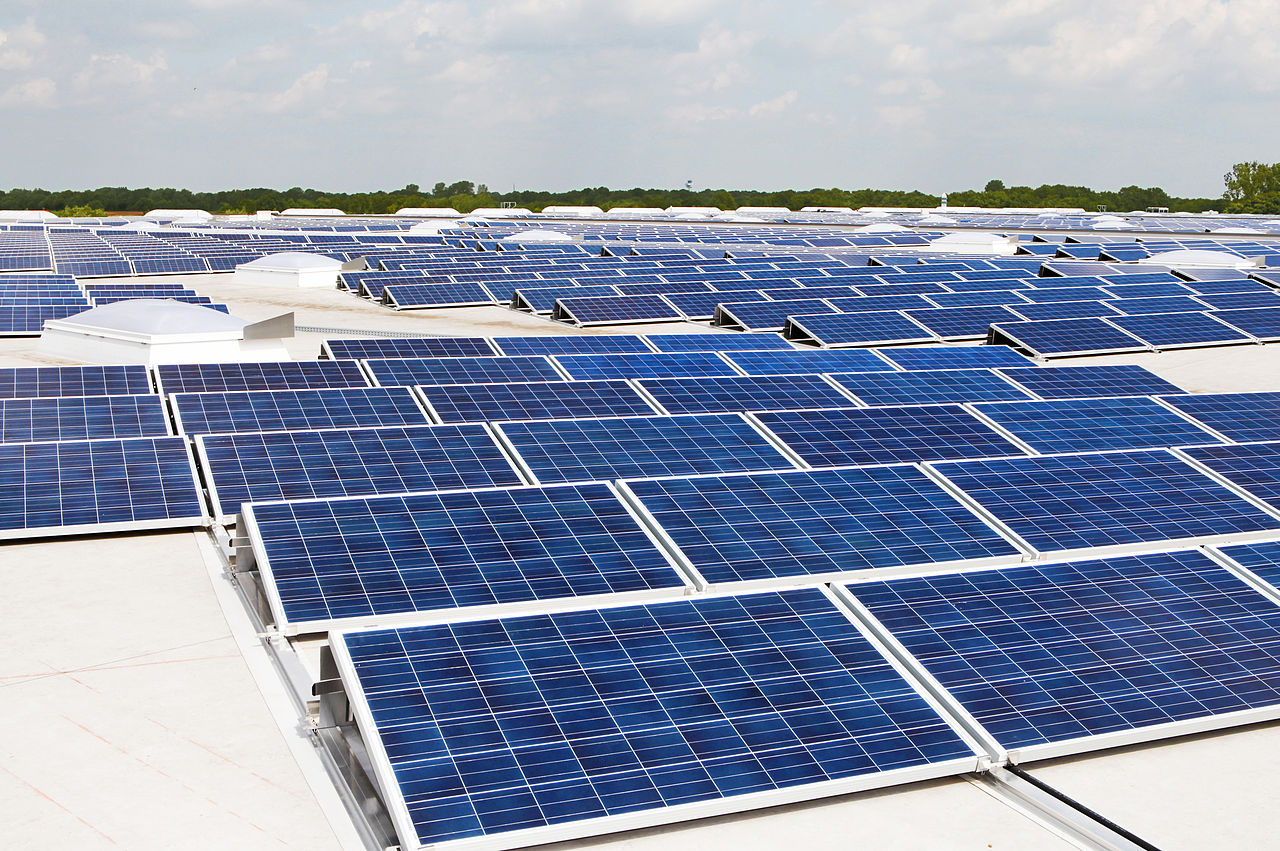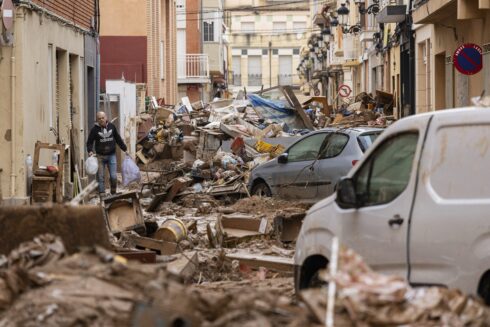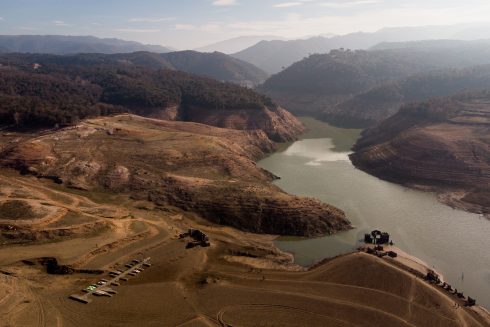MALAGA City will reduce its carbon dioxide emissions by 1,800 tons per year thanks to its network of photovoltaic installations on municipal buildings.
After the first installation of these solar panels at the Noble Hospital in 2003, the Malaga City Council has been gradually increasing these devices on public buildings for energy self-consumption.
The Capital of the Costa del Sol currently has 50 municipal and inter-municipal buildings equipped with photovoltaic power plants and aims to increase this to 70 solar power plants before the end of the term of office.
The current annual photovoltaic production, thanks to the 50 solar power plants already functioning, is 1,228 MWh, which implies an annual reduction of 640 tons of CO2.
It’s estimated that the additional 20 photovoltaic power plants to be added to this network will generate 1,888 MWh, with a carbon dioxide reduction of 1,153 tons.
The new installations will take place on the following municipal buildings:
Tabacalera (five administrative headquarters), Caja Blanca, CEIP Adelaida de la Calle, Miguel de Cervantes Library, Carretera de Cadiz Social Services Centre, Victoria Kent Citizen Centre, Manuel Altolaguirre Library, St. Rose of Lima School of Special Education, Antonio Martelo “El Seneca” Social Centre, Municipal Shelter, Damaso Alonso Library, Rosa de Galvez School, Municipal Emergency Centre, Campanillas Social Services, Distrito 2 Social Services and Malaga Cemetery Park (Parcemasa).
The investment of these new solar power plants amounts to €2,578,245, in part covered by the City Council (€647,154) with the Institute for Energy Diversification and Saving (IDAE) covering the remaining €1,931,091.
READ MORE:
- Fotocasa launches online portal that calculates how solar power could slash your electricity bills
- Sunny delight: As temperatures soar in Spain so does demand for solar power








